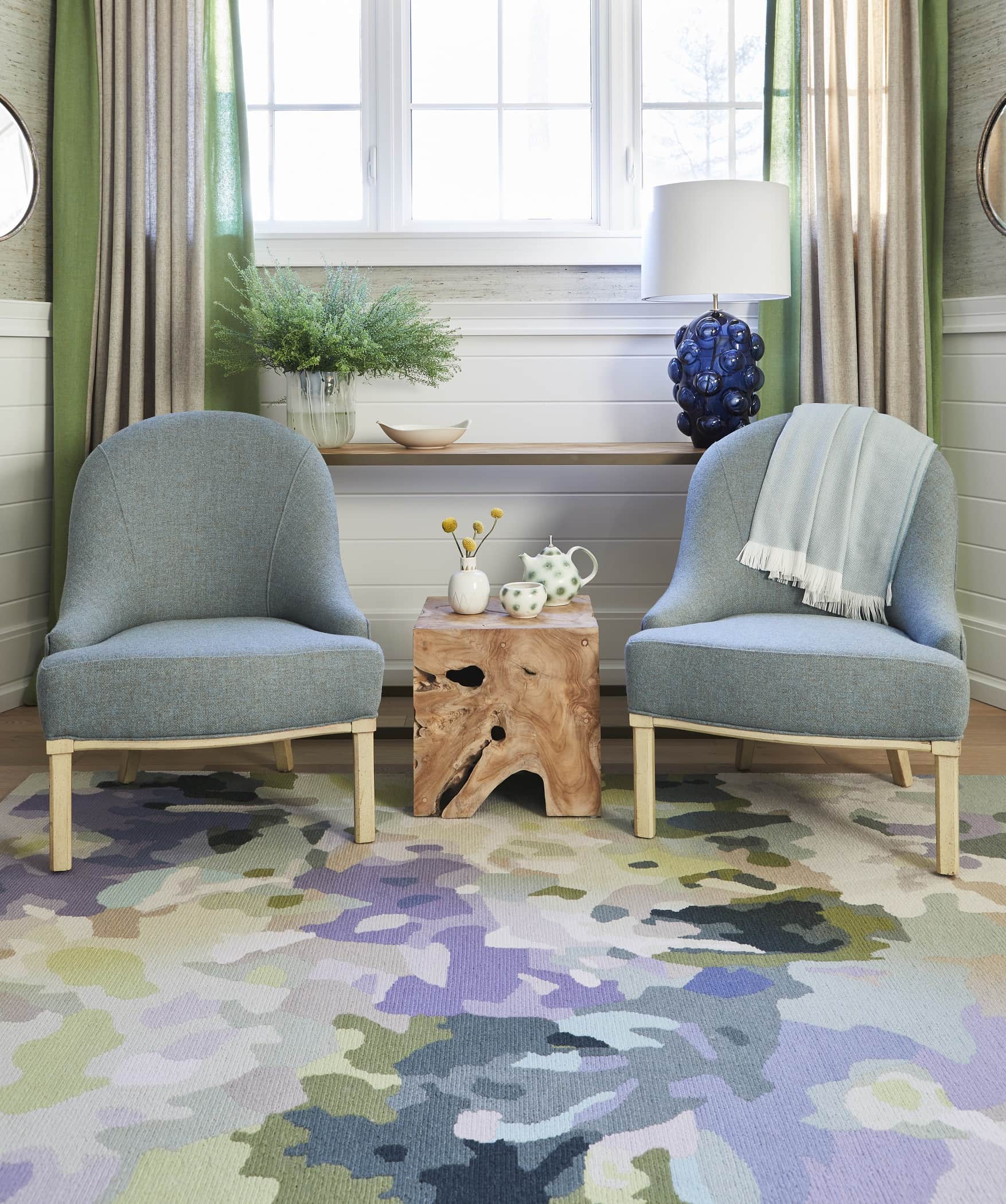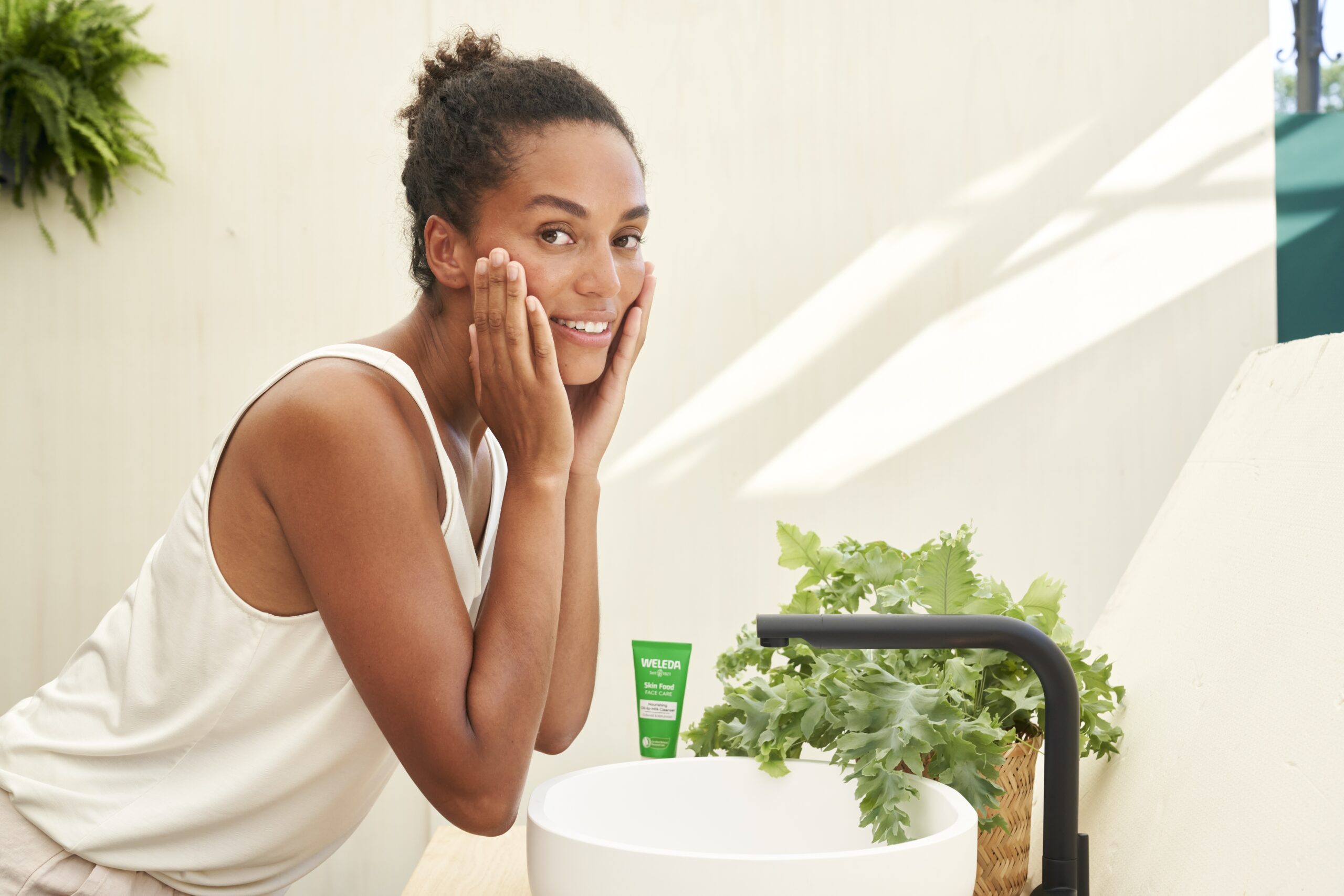There’s so much to love about wool. Among my top reasons is that wool can clean indoor air. Research for industry organization Woolmark suggests wool carpets rapidly absorb common volatile organic compounds like sulfur dioxide and nitrogen oxide, which can be released by household cleaners, air fresheners, office equipment, and furnishings.
The data indicates that not only will a wool carpet neutralize these contaminants more quickly and completely than synthetic carpet fibres, it will not re-emit them. Wool rugs may continue to do this for up to thirty years, making them an effective tool against what is known as Sick Building Syndrome.
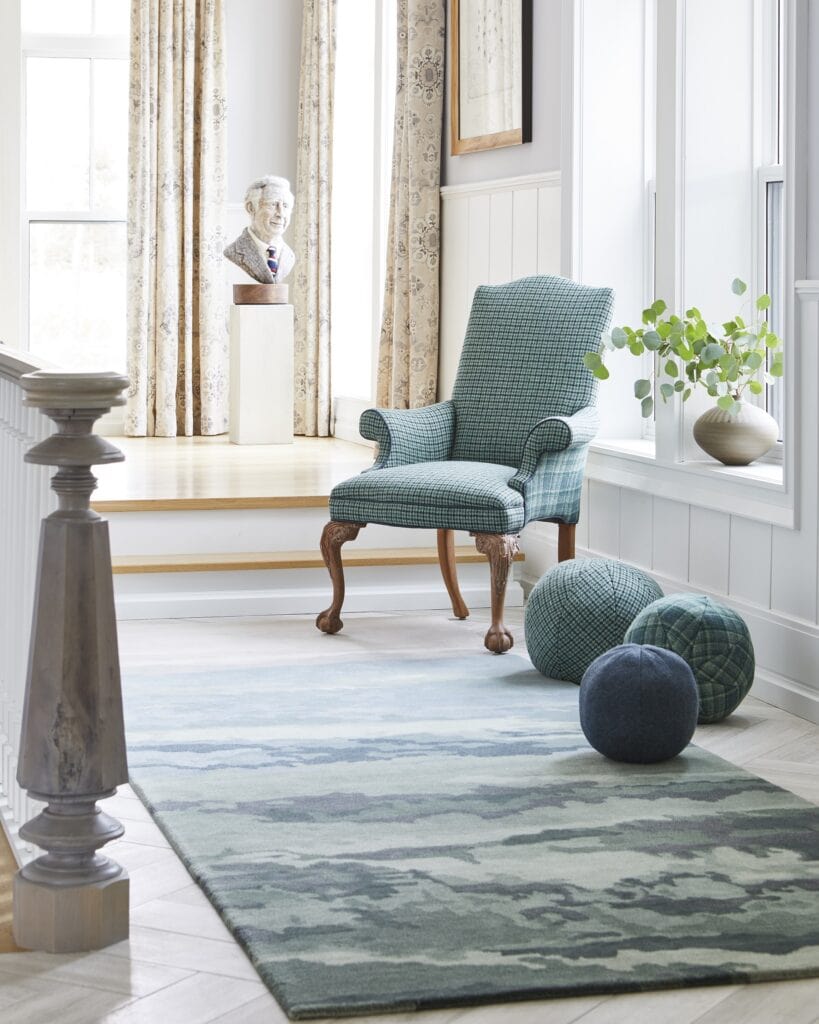
Unlike synthetic fibres, wool is also naturally fire-resistant, having to reach 570 to 600°C before it ignites. Compare that to cotton, which catches at 255°C; polyester, which melts at 252 to 292°C; and nylon, which succumbs at between 160 and 260°C. Nor does wool melt and stick to the skin in the way synthetics can.
Wool is also odour-resistant, as it can absorb sweat molecules, which are then only released upon washing. And because wool fibres have a protective outer layer, it’s also naturally stain-resistant.
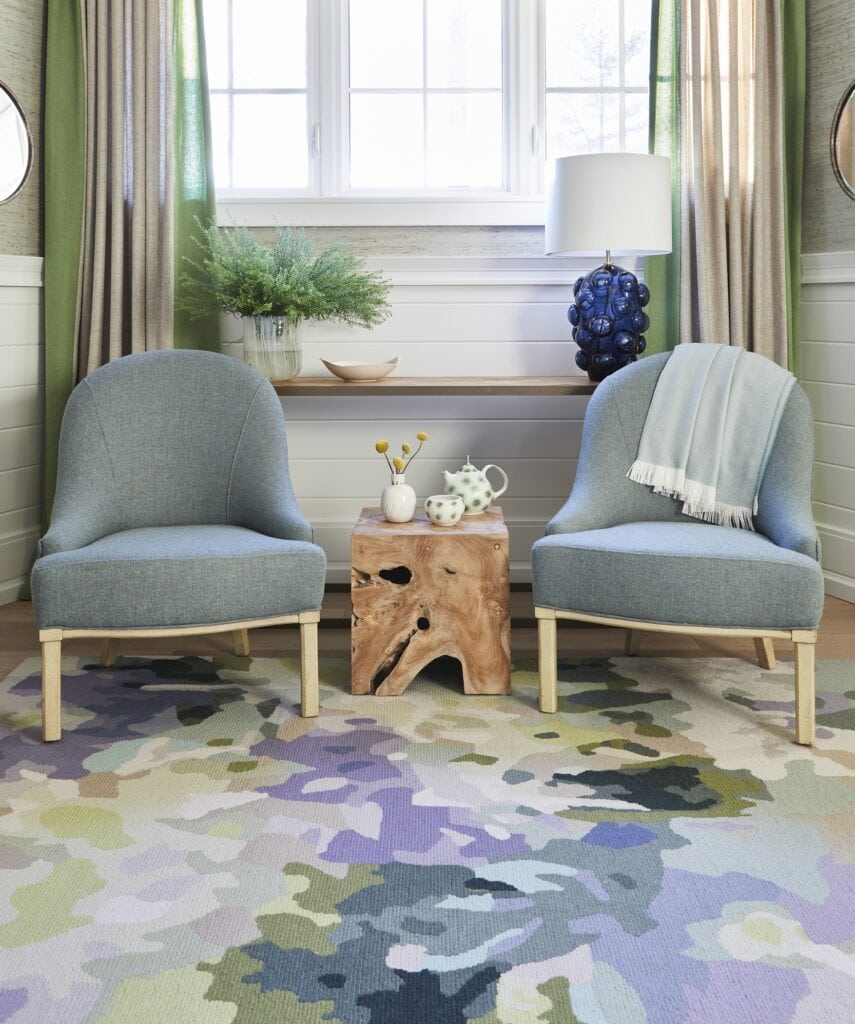
Canadian wool is a soft, warm, renewable, and biodegradable material that’s prized for a high elasticity that enables it to retain its shape.
All that points to why wool is a sensible choice for both public and residential spaces, and why it’s been used for floor covering from about 6000 BC.
Wool’s beauty and versatility is evident in a spectacular new collection of handcrafted rugs designed to celebrate this country’s wool as a beautiful, functional, sustainable material.
The line was commissioned to mark the tenth anniversary of the Campaign for Wool, a global non-profit that brings together wool farmers, manufacturers, artisans, and design leaders, and which was launched by His Royal Highness The Prince of Wales, who continues to serve as its Patron.
Rug concepts were created by Canadian design royalty Sarah Richardson, whose elegant yet easygoing style has made her an international presence. More than anything, her rug designs—executed in subtle palettes, organic shapes, and interesting textures—demonstrate the beauty of wool. Each piece celebrates an aspect of Prince Charles’ interests and family history.
They’re made by Toronto-based, fair-trade enterprise Creative Matters, which has rugs and carpets in hospitality, corporate, and residential spaces in more than 40 countries, and a client list that includes Gucci, Tom Ford, and Louis Vuitton.
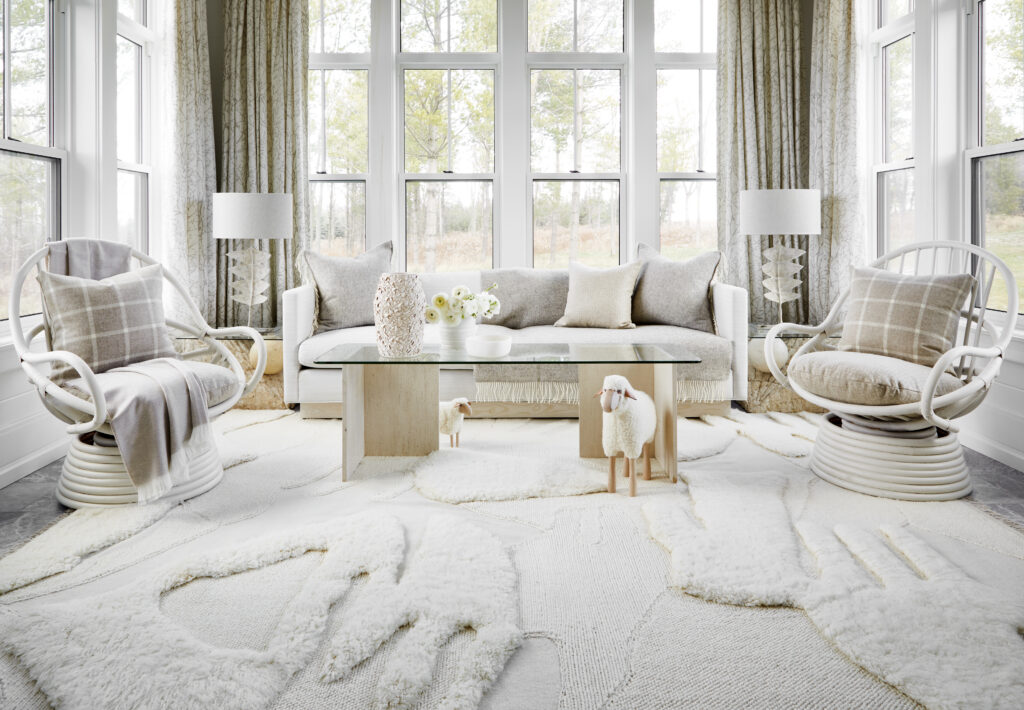
and textural qualities of undyed Canadian wool
Even the wool used has Canadian cachet, coming from the historic Briggs & Little Mill, a family-owned business that has been operating in New Brunswick since 1857. Today, the company sells wool, knitting books, socks, and gloves, both through retail locations across North America and online.
Rugs from the collection are available through Creative Matters and Sykes and Ainley. Proceeds benefit The Canadian Wool Council, a non-profit that supports Canadian wool growers and educates consumers about wool.
All pics courtesy of The Campaign for Wool.

